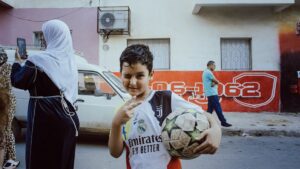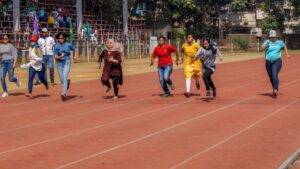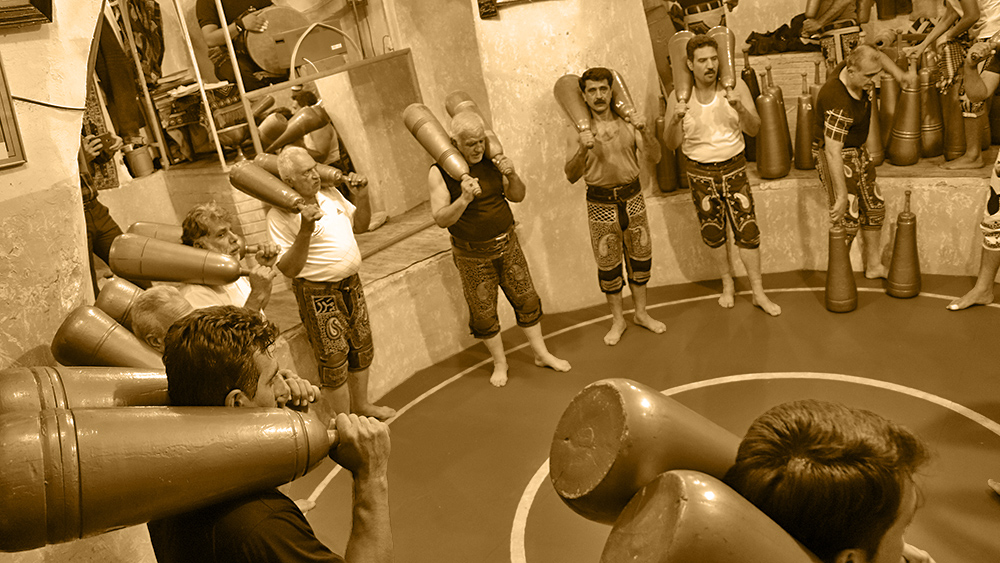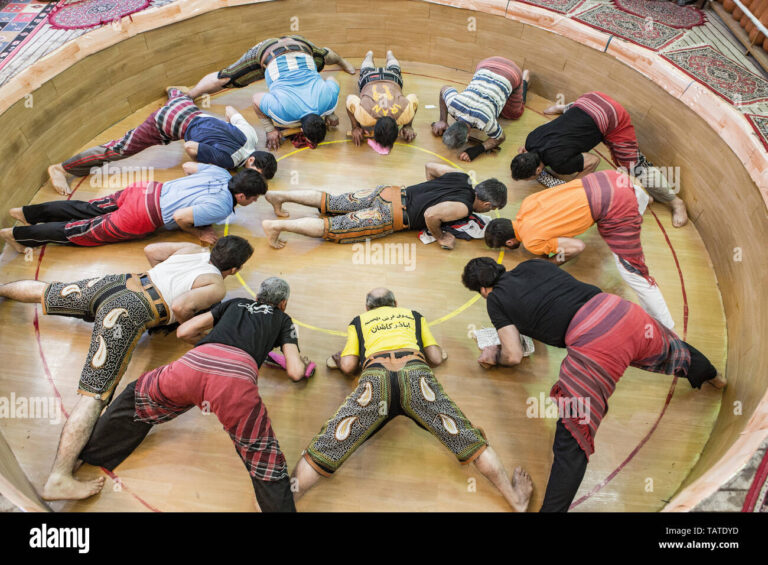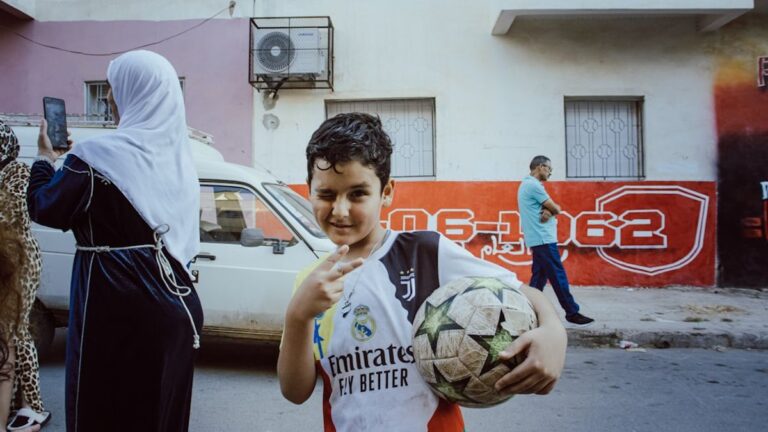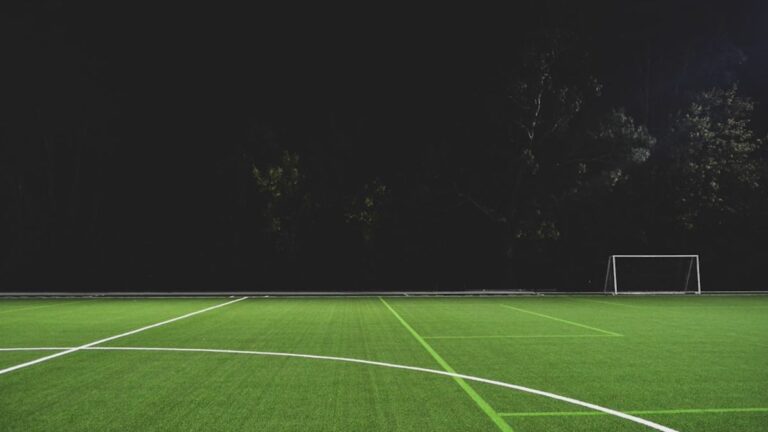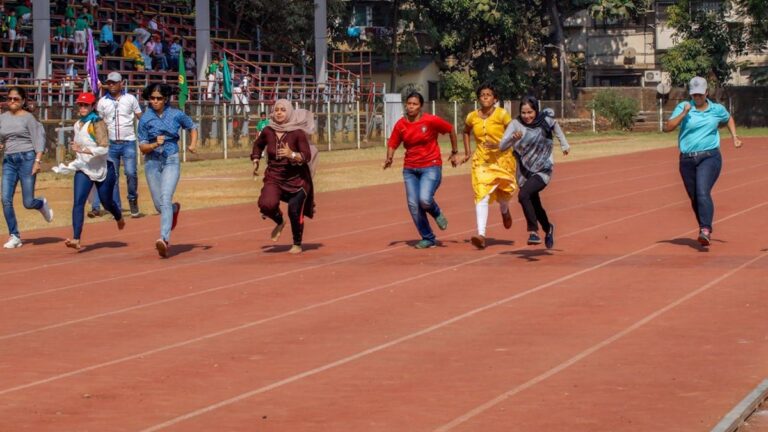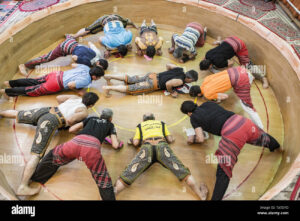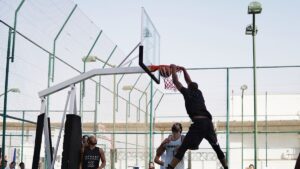A Comprehensive Guide to Pahlevani and Zoorkhaneh Rituals: From Ancient Tradition to Modern Relevance
The Pahlevani and Zoorkhaneh rituals represent one of Iran’s oldest and most revered traditions, a unique fusion of martial arts, calisthenics, music, and spirituality. Recognized by UNESCO as an Intangible Cultural Heritage of Humanity, these rituals offer a window into the soul of Persian culture, a legacy that transcends mere physical exercise to become a philosophy of life. In this comprehensive guide, we will embark on a fascinating journey through the history, components, and contemporary relevance of the Pahlevani and Zoorkhaneh rituals, exploring how this ancient practice continues to inspire and transform lives in the 21st century.
_
_
The Historical Roots: A Journey Through Time
The origins of Pahlevani and Zoorkhaneh rituals are shrouded in the mists of ancient Persian history, with roots that can be traced back to the Achaemenid Empire (c. 550–330 BC) and even earlier. Initially, these practices served a practical purpose: to train elite warriors for battle, honing their strength, agility, and martial skills. The physical exercises and the use of instruments that simulate ancient weapons are a direct legacy of this military heritage. The very name “Pahlevan” refers to a heroic, chivalrous warrior, a figure deeply embedded in Persian mythology and literature, most famously in Ferdowsi’s epic, the Shahnameh (Book of Kings).
The Influence of Zoroastrianism and Sufism
Over the centuries, the purely martial aspect of these rituals became intertwined with the spiritual and philosophical currents that have shaped Iranian culture. Pre-Islamic faiths, particularly Zoroastrianism, left an indelible mark on the Pahlevani tradition. The emphasis on purity, truth, and the eternal struggle between good and evil resonates in the ethical code of the Pahlevan. The Zoorkhaneh itself, with its central pit and the reverence for the Morshed (the master who leads the rituals), echoes the structure and sanctity of Zoroastrian fire temples.
With the advent of Islam in Persia, the Pahlevani tradition absorbed new spiritual dimensions, most notably from Sufism, the mystical branch of Islam. The Sufi emphasis on self-discipline, humility, and the pursuit of spiritual enlightenment found a natural home in the Zoorkhaneh. The rituals became a form of active meditation, a way to cultivate not only physical strength but also inner purity and a connection to the divine. The Morshed’s recitations of epic poetry and mystical verses during the exercises serve to elevate the practice from a mere workout to a profound spiritual experience. This unique synthesis of ancient Persian martial traditions, Zoroastrian ethics, and Sufi mysticism is what gives the Pahlevani and Zoorkhaneh rituals their enduring power and appeal.
The Zoorkhaneh: The House of Strength
The Zoorkhaneh, which translates to “House of Strength,” is the sacred space where the Pahlevani rituals are practiced. More than just a gymnasium, the Zoorkhaneh is a place of deep cultural and spiritual significance, a sanctuary where athletes gather to cultivate both their bodies and their souls. The architecture and layout of the Zoorkhaneh are highly symbolic, reflecting the rich history and philosophical underpinnings of the tradition.
Architecture and Symbolism
Traditionally, Zoorkhanehs are built with a low entrance, forcing all who enter to bow their heads in a gesture of humility. The main space is dominated by a central, octagonal pit, called the “gowd,” where the athletes perform their exercises. The gowd is typically lower than the surrounding area, a further reminder of the importance of modesty and respect. The Morshed sits on a raised platform, the “sardam,” from where he leads the rituals, chanting epic poetry and playing a zarb (a type of drum) to set the rhythm for the exercises. The walls of the Zoorkhaneh are often adorned with images of famous Pahlevans and religious figures, creating an atmosphere of reverence and inspiration.
The Rituals and Their Components
The Pahlevani rituals are a highly structured sequence of exercises, each with its own specific purpose and symbolism. The rituals are always performed in a group, fostering a sense of camaraderie and collective spirit. The Morshed guides the athletes through the various stages of the ritual, his voice and the beat of his drum creating a powerful and immersive experience.
The Sacred Instruments
A key feature of the Zoorkhaneh rituals is the use of unique, traditional instruments, each of which has its origins in ancient Persian weaponry:
- Shena (push-up board): A pair of wooden boards used for a variety of push-up exercises, developing upper body strength and endurance.
- Mil (clubs): Large, heavy wooden clubs, swung in intricate patterns to build shoulder, arm, and grip strength. The mil is perhaps the most iconic instrument of the Zoorkhaneh.
- Kabbadeh (iron bow): A large iron bow with a chain, used for a series of swinging and pulling exercises that develop the muscles of the back and shoulders.
- Sang (stone shields): A pair of heavy, rectangular wooden shields, lifted and manipulated in a lying position to build chest and core strength.
The Music and the Morshed
The role of the Morshed is central to the Zoorkhaneh rituals. He is not just a coach or a timekeeper, but a spiritual guide and a master of ceremonies. The Morshed’s recitations of epic poetry, particularly from the Shahnameh, serve to inspire the athletes and connect them to the heroic tradition of the Pahlevans. The rhythmic beat of the zarb and the ringing of a bell to mark the different stages of the ritual create a powerful and hypnotic soundscape, transforming the physical exercises into a form of moving prayer.
Pahlevani: More Than a Sport, a Philosophy of Life
At its heart, Pahlevani is a philosophy of life, a code of conduct that emphasizes chivalry, humility, and service to others. A true Pahlevan is not just a strong athlete, but a virtuous and honorable individual. The ethical principles of Pahlevani are deeply rooted in Persian culture and have been passed down through generations of masters and disciples.
The core tenets of the Pahlevani philosophy include:
- Humility (Fetanat): A Pahlevan is expected to be humble and modest, never boasting about his strength or achievements.
- Generosity (Sakhvat): A Pahlevan should be generous and charitable, always ready to help those in need.
- Truthfulness (Rasti): A Pahlevan must be honest and truthful in all his dealings.
- Respect (Ehtram): A Pahlevan shows respect for his elders, his teachers, and his community.
- Courage (Shoratat): A Pahlevan is brave and courageous, both in the face of physical challenges and in the defense of justice and righteousness.
These ethical principles are not just abstract ideals, but are actively cultivated through the practice of the Zoorkhaneh rituals. The collective nature of the exercises, the emphasis on respect for the Morshed and fellow athletes, and the constant reminders of the heroic and spiritual heritage of the tradition all serve to reinforce the Pahlevani code of conduct.
The Modern Relevance of Pahlevani and Zoorkhaneh Rituals
In a world increasingly dominated by sedentary lifestyles and individualistic pursuits, the Pahlevani and Zoorkhaneh rituals offer a powerful antidote. This ancient tradition is experiencing a resurgence in popularity, both in Iran and around the world, as people rediscover the profound benefits of this holistic practice.
Benefits for Physical and Mental Health
The physical benefits of the Zoorkhaneh rituals are undeniable. The combination of calisthenics, strength training, and cardiovascular exercise provides a comprehensive, full-body workout. The use of the traditional instruments, such as the mil and the sang, develops functional strength, coordination, and flexibility in a way that modern gym equipment often fails to replicate.
Beyond the physical, the Zoorkhaneh rituals offer a wealth of mental and spiritual benefits. The focus on mindfulness, the rhythmic nature of the exercises, and the spiritual guidance of the Morshed all contribute to a sense of inner peace and well-being. The collective nature of the practice fosters a strong sense of community and belonging, combating the social isolation that is so prevalent in modern society.
Pahlevani and Zoorkhaneh Rituals as a UNESCO Intangible Cultural Heritage
In 2010, the Pahlevani and Zoorkhaneh rituals were inscribed on UNESCO’s Representative List of the Intangible Cultural Heritage of Humanity. This prestigious recognition highlights the global significance of this ancient tradition and the importance of preserving it for future generations. The UNESCO inscription has helped to raise awareness of the rituals on an international level, leading to a growing interest in the practice outside of Iran.
Conclusion: The Enduring Legacy of Pahlevani and Zoorkhaneh Rituals
The Pahlevani and Zoorkhaneh rituals are a testament to the enduring power of tradition. In a world that is constantly changing, this ancient practice provides a vital link to the past, a source of cultural identity, and a roadmap for a more holistic and meaningful way of life. The rituals offer a unique blend of physical, mental, and spiritual development, a combination that is more relevant than ever in the 21st century.
As we have seen, the Pahlevani tradition is far more than just a sport. It is a philosophy of life, a code of conduct, and a community of like-minded individuals who are dedicated to self-improvement and service to others. The Zoorkhaneh is not just a gym, but a sacred space where athletes can connect with their cultural heritage and cultivate a deeper sense of purpose.
The recognition of the Pahlevani and Zoorkhaneh rituals by UNESCO is a significant step in ensuring the preservation and promotion of this invaluable cultural treasure. It is a call to action for all of us to appreciate the richness and diversity of human culture and to support the efforts of those who are working to keep these ancient traditions alive.
The future of the Pahlevani and Zoorkhaneh rituals is bright. As more and more people discover the profound benefits of this ancient practice, it is poised to experience a global renaissance. The enduring legacy of the Pahlevans will continue to inspire and empower individuals for generations to come, a timeless reminder of the importance of strength, humility, and the pursuit of a higher purpose.
The Global Spread and Modern Adaptations
While the Pahlevani and Zoorkhaneh rituals have their roots firmly planted in Persian soil, their influence has spread far beyond the borders of Iran. Today, Zoorkhanehs can be found in countries around the world, from the United States to Germany, from Australia to Japan. This global expansion is a testament to the universal appeal of the tradition and its ability to transcend cultural and linguistic barriers.
In many of these international Zoorkhanehs, the traditional elements of the practice are carefully preserved, with Morsheds who have been trained in Iran leading the rituals and maintaining the authentic spirit of the tradition. However, there have also been adaptations and innovations, as practitioners seek to make the practice more accessible to modern audiences while still honoring its ancient roots.
One notable adaptation is the incorporation of women into the practice. Traditionally, Zoorkhanehs were exclusively male spaces, but in recent years, there has been a growing movement to include women in the rituals. This has led to the establishment of women-only Zoorkhanehs and mixed-gender sessions, expanding the reach and inclusivity of the tradition.
The Role of Technology in Preserving and Promoting the Tradition
In the digital age, technology has played a crucial role in preserving and promoting the Pahlevani and Zoorkhaneh rituals. Online videos and tutorials have made it possible for people around the world to learn about the tradition and even practice some of the exercises at home. Social media platforms have become important spaces for sharing knowledge, connecting practitioners, and building a global community of Pahlevani enthusiasts.
Virtual reality and augmented reality technologies are also being explored as ways to create immersive experiences that can transport people to a traditional Zoorkhaneh, even if they are thousands of miles away. These technological innovations are helping to ensure that the tradition remains relevant and accessible in the 21st century.
The Challenges Facing the Tradition
Despite its growing popularity, the Pahlevani and Zoorkhaneh rituals face several challenges in the modern world. One of the most significant is the loss of traditional knowledge and skills. As older generations of Morsheds and master Pahlevans pass away, there is a risk that some of the more subtle aspects of the tradition may be lost.
Another challenge is the commercialization of the practice. As the tradition becomes more popular, there is a risk that it may be diluted or commodified, losing some of its spiritual and cultural significance in the process. It is important for practitioners and enthusiasts to remain vigilant and to ensure that the authentic spirit of the tradition is preserved.
Finally, there are political and social challenges. In some parts of the world, the practice of traditional martial arts and spiritual disciplines is viewed with suspicion or is even banned. This can make it difficult for practitioners to maintain their traditions and to pass them on to the next generation.
The Future of Pahlevani and Zoorkhaneh Rituals
Looking to the future, the prospects for the Pahlevani and Zoorkhaneh rituals are both promising and challenging. On the positive side, there is a growing global interest in traditional practices and holistic approaches to health and well-being. This trend is likely to continue, providing a fertile ground for the growth and expansion of the Pahlevani tradition.
There is also a growing recognition of the importance of cultural diversity and the need to preserve traditional knowledge and practices. This is reflected in initiatives like the UNESCO Intangible Cultural Heritage program, which provides a framework for the protection and promotion of traditions like the Pahlevani and Zoorkhaneh rituals.
However, the tradition will need to adapt and evolve if it is to remain relevant in the modern world. This will require a delicate balance between preserving the authentic spirit of the practice and making it accessible to new generations of practitioners. It will also require the development of new training programs, the creation of educational materials, and the establishment of institutions that can support the growth and development of the tradition.
Personal Testimonies: The Transformative Power of the Practice
To truly understand the impact of the Pahlevani and Zoorkhaneh rituals, it is important to hear from those who have experienced the practice firsthand. Practitioners from around the world speak of the profound transformation that the rituals have brought to their lives, both physically and spiritually.
Many describe the sense of community and belonging that they have found in the Zoorkhaneh, a feeling of being part of something larger than themselves. Others speak of the physical benefits, the increased strength and flexibility, and the improved overall health and well-being. But perhaps most importantly, many practitioners describe a deeper sense of purpose and meaning in their lives, a connection to something ancient and enduring that provides stability and guidance in an uncertain world.
These personal testimonies are a powerful reminder of the enduring relevance and value of the Pahlevani tradition. They show that, despite the challenges and changes of the modern world, the ancient wisdom and practices of the Pahlevans continue to offer profound benefits to those who are willing to embrace them.
Conclusion: A Call to Action
The Pahlevani and Zoorkhaneh rituals are more than just a historical curiosity or a cultural artifact. They are a living tradition, a source of wisdom and inspiration that has the power to transform lives and communities. As we have seen throughout this comprehensive guide, the rituals offer a unique combination of physical, mental, and spiritual benefits that are more relevant than ever in the modern world.
But the future of this tradition is not guaranteed. It requires the active support and participation of individuals and communities around the world. Whether you are a practitioner, a scholar, a cultural enthusiast, or simply someone who appreciates the richness and diversity of human culture, there are ways that you can contribute to the preservation and promotion of the Pahlevani and Zoorkhaneh rituals.
You can learn more about the tradition, visit a local Zoorkhaneh if one exists in your area, or support organizations that are working to preserve and promote traditional practices. You can also share your knowledge and enthusiasm with others, helping to raise awareness and build a global community of supporters.
The Pahlevani and Zoorkhaneh rituals are a treasure of human culture, a testament to the creativity, wisdom, and resilience of the human spirit. They deserve our respect, our support, and our commitment to ensuring that they continue to thrive for generations to come. The legacy of the Pahlevans is in our hands, and it is up to us to ensure that it endures.
Training Methodology and Progression in Pahlevani
The training methodology in Pahlevani and Zoorkhaneh rituals follows a carefully structured progression that has been refined over centuries. Unlike modern fitness programs that often focus on isolated muscle groups or specific fitness goals, the Pahlevani system takes a holistic approach that develops the practitioner physically, mentally, and spiritually simultaneously.
Beginners typically start with basic calisthenics and gradually progress to using the traditional instruments. The progression is not just about physical capability but also about understanding the cultural and spiritual significance of each exercise. New practitioners must demonstrate not only physical readiness but also the proper attitude of humility and respect before advancing to more complex movements.
The training sessions typically follow a specific sequence: they begin with warm-up exercises, progress through various stages of instrument work, and conclude with cooling-down movements and spiritual reflection. Each stage has its own rhythm and purpose, creating a comprehensive workout that addresses strength, flexibility, cardiovascular fitness, and mental focus.
The Instruments in Detail: Sacred Tools of Transformation
Each instrument used in the Pahlevani and Zoorkhaneh rituals has a rich history and specific purpose. The Mil, for example, represents the ancient Persian mace and requires not just strength but also coordination and rhythm. The swinging patterns performed with the Mil are not random but follow traditional forms that have been passed down through generations.
The Sang, or stone shields, simulate the weight and handling characteristics of ancient Persian shields. The exercises performed with the Sang develop not only chest and arm strength but also core stability and breathing control. The practitioner must learn to coordinate their breathing with the lifting and lowering movements, creating a meditative quality to the exercise.
The Kabbadeh, or iron bow, is perhaps the most challenging instrument to master. Its unique shape and weight distribution require the practitioner to develop exceptional grip strength and shoulder stability. The exercises performed with the Kabbadeh are said to develop the same muscles and movement patterns that ancient Persian archers needed for their craft.
The Cultural Impact Beyond Iran
The influence of Pahlevani and Zoorkhaneh rituals extends far beyond the borders of Iran, having influenced martial arts and fitness practices throughout the Middle East, Central Asia, and beyond. Similar practices can be found in Turkey, Afghanistan, and parts of India, each adapted to local cultures while maintaining the core principles of the Persian tradition.
In Turkey, the practice is known as “Güreş” and has been integrated into the country’s wrestling traditions. In Afghanistan, similar exercises are performed in traditional gymnasiums called “Koshti Khana.” These variations demonstrate the universal appeal of the Pahlevani principles and their adaptability to different cultural contexts.
Modern fitness enthusiasts and martial artists around the world have also begun to incorporate elements of Pahlevani training into their routines. The functional strength and coordination developed through traditional Persian exercises complement modern training methods and offer a refreshing alternative to conventional gym workouts.
The Spiritual Dimension: More Than Physical Exercise
What truly sets the Pahlevani and Zoorkhaneh rituals apart from other forms of physical training is their profound spiritual dimension. The practice is not merely about building muscle or improving cardiovascular health; it is about cultivating the soul and developing character. This spiritual aspect is woven into every element of the tradition, from the architecture of the Zoorkhaneh to the poetry recited during the exercises.
The concept of “Javanmardi” or chivalry is central to this spiritual dimension. Practitioners are expected to embody the highest ideals of Persian culture: courage in the face of adversity, generosity toward those in need, and humility despite one’s achievements. These values are not just taught intellectually but are cultivated through the physical practice itself.
The rhythmic nature of the exercises, combined with the Morshed’s recitations, creates a trance-like state that practitioners describe as deeply meditative. This altered state of consciousness is believed to facilitate spiritual growth and self-discovery, making each training session a journey of inner exploration as well as physical development.

